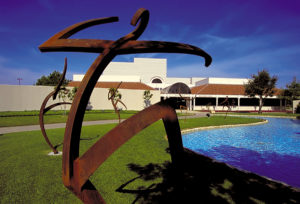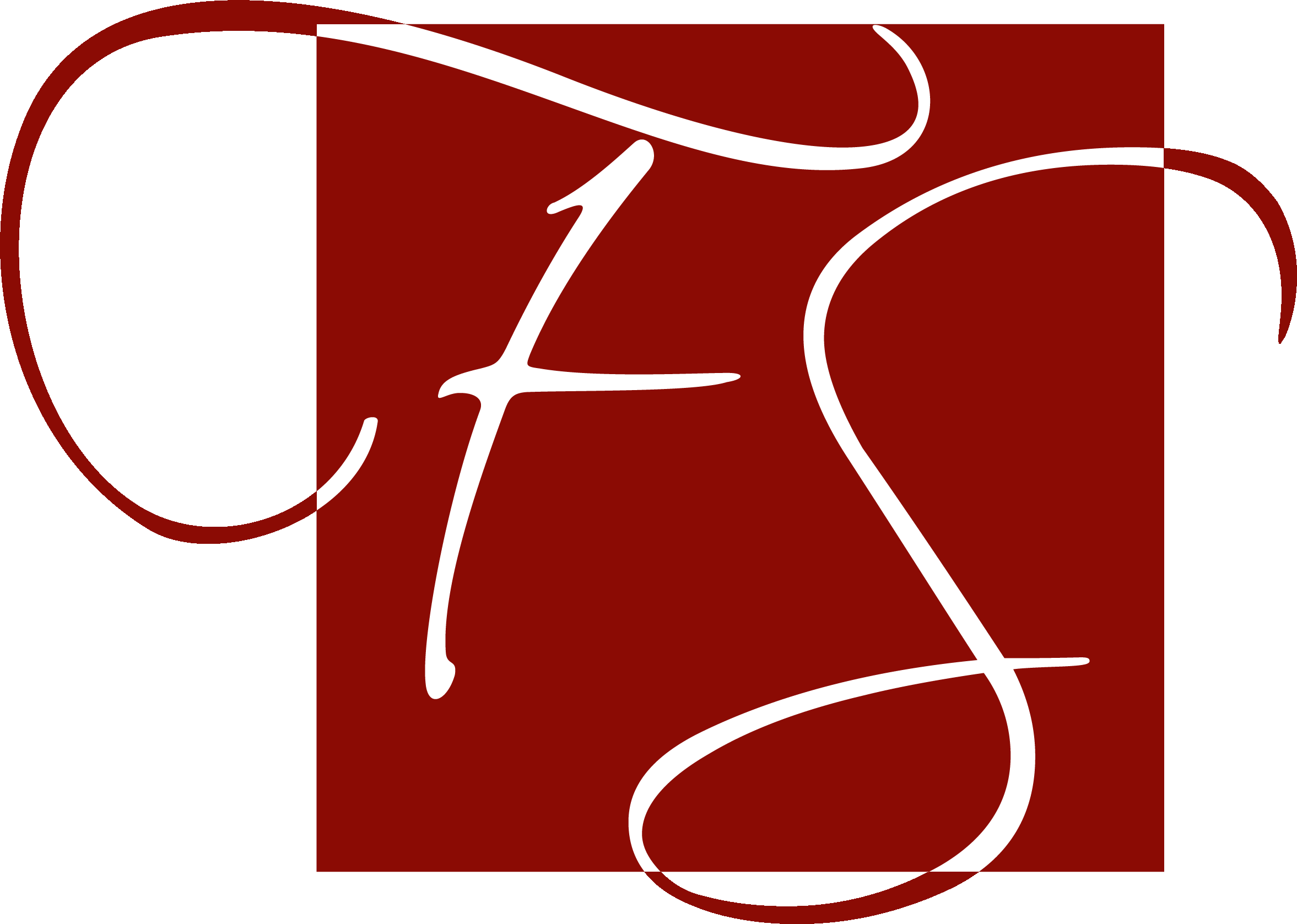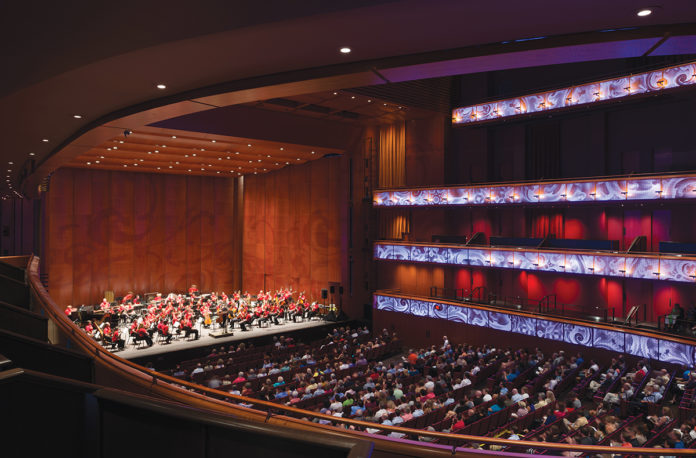For the last few months, Frisco has witnessed heated debate over the development of a new performing arts center, and the conversation is not a new one. There has been strong support of the venue shown from previous mayors, and the idea for an arts center was included in both the award-winning Millennium Plan and the 2006 Comprehensive Plan. “The citizens of Frisco have been waiting many years for a true home for the arts,” says Tammy Meinershagen, the president of the Frisco Association for the Arts. “It is time to make it happen.”
However, the 2015 bond measure to support an arts venue almost did not happen. Proposition 8 was part of a bond package presented to voters on May 9 of this year, but the development of the propositions stretches back to years ago. In 2013, the Citizen Bond Committee was established to determine the capital needs of Frisco for the next five years. The committee consisted of citizens appointed by City Council. After many months of research, the committee delivered a recommendation of projects and presented the anticipated financial capital investment necessary to City Council. The council reviewed the recommendations in January of 2015 and called a General Obligation Bond Election.
The ballot carried eight propositions for voter consideration, totaling more than $267 million. Proposals included initiatives for public safety, infrastructure improvements to City Hall and the library, a senior activity center, parks and recreation, Grand Park improvements and a performing arts center.
Although the first seven propositions received resounding support, the eighth proposition, a proposal to create a Frisco performing arts facility, proved somewhat controversial. In fact, it almost did not make the ballot at all. The council voted 3-2 to send the proposition to the voters.
This was not the first time voters have been called to act in regards to a performing arts venue. More than a decade ago, Frisco citizens collaborated with Allen and Plano to plan a 2,100-seat performing arts center in Allen. Frisco residents approved $19 million in bonds in 2002 for the regional arts center, but Frisco withdrew its remaining $16 million portion of the funds in 2011 and the project ultimately dissolved in 2014. In 2006, Frisco voters authorized $5 million in bonds for a cultural arts and science center. Since only $1 million was actually used, $4 million remains on reserve.
This ongoing conversation revolving around a cultural arts center has fueled a sometimes strained discussion between citizens. Opponents to Proposition 8 were concerned that there seemed to be no specific concept, business plan or investment requirement listed for the performing arts center. Proponents pointed out that bonds need only a specific purpose and that detailed plans are nearly impossible to use because of the change that can happen within the time of the bond initiative.
 Many against the proposition pointed out that Frisco already had a designated venue for performing arts, the Black Box Theatre. However, as advocates noted, the theatre is heavily used already. With only 120 seats, the facility is too small for most groups. Frisco’s high school auditoriums were also suggested as possible venues. Proponents stated that the spaces are not available during school hours or summer as well as during school-sponsored events, and were therefore not a viable solution for local and touring groups.
Many against the proposition pointed out that Frisco already had a designated venue for performing arts, the Black Box Theatre. However, as advocates noted, the theatre is heavily used already. With only 120 seats, the facility is too small for most groups. Frisco’s high school auditoriums were also suggested as possible venues. Proponents stated that the spaces are not available during school hours or summer as well as during school-sponsored events, and were therefore not a viable solution for local and touring groups.
Financial concerns were also voiced, with citizens wondering how much the center would cost taxpayers. While proponents noted that the arts center would bring increased tax revenues and promote local industry, those opposed pointed out that the city could be responsible for construction and maintenance of the facility as well as salaries and benefits for employees, causing a much larger cost to taxpayers.
Despite the debate, all eight propositions, including the proposal for a performing arts facility, passed. So, what is next?
Currently, deliberations for the development of the arts center are underway, including the formation of a committee and a feasibility study. No action has been made on any specific items as of yet, but discussions will continue in August when council session begins again. Council members will soon resume deliberations regarding the money earmarked for the arts hall, including the $4 million from 2006 in addition to $10 million from 2015 bond passage.
Mayor Maher Maso has commented that arts emphasis is a priority for the city. “The school systems are about educating our kids, but the arts and sports are a part of that. We have rapid sustained growth that we must plan for now,” he said.
There is a five-year time period for the development of the bulk of the projects outlined in the propositions. The city must carefully consider when and how to utilize the funds. Possible next steps include conducting a feasibility study on the type and design of a performing arts hall, as well as further dialogue with private partnerships to anticipate funding.
In the past, Frisco has done an impressive job of utilizing public dollars to form private partnerships that in turn create public facilities that are city-owned and privately operated. With several potential partners currently discussing the project, a public-private partnership seems to be an important step for the arts center. Brad Sharp, the vice chairman for the Public Art Board, points out that the $10 million authorized by the passage of the bond package should be influential in the development of such a partnership. “Now, we need to take the next step and look at those partners. I am hoping partners will look and see that Frisco is serious about a performing arts center. A cultural and performing arts center is important for Frisco because it helps create a balanced city,” states Mr. Sharp. “Cities with a strong cultural arts presence attract more diverse businesses, create jobs, strengthen a city’s character and provide educational advantages for our children and adult populations. If we do not make an effort to include more cultural arts facilities as we grow, then we will be at a disadvantage compared to our neighboring cities.”
Ms. Meinershagen relays that the Frisco Association for the Arts will conduct an internal study to obtain concrete information for the arts hall, partnering with an expert theatre planner who will interview various arts groups and stakeholders, assess performance needs and create an initial scope, sequence and visual rendering of what the arts center could be. Upon completion of the study, the Frisco Association for the Arts will share the results with interested parties to help give specifics on what kind of facility is needed in Frisco.
“I believe the biggest challenge will be defining the project itself,” Ms. Meinershagen states. “An arts center means many different things to different people, and various art forms each have distinctive requirements. There is no ‘one size fits all’ building. The key will be designing a flexible space that will accommodate as many forms of art as possible. Newer performing arts facilities use the latest technology to change acoustics, seating and space in very innovative ways. With careful research and planning, Frisco could build one of the most usable, flexible and beautiful performing arts centers in the area.” The bond measure “represents an opportunity for the future,” said Ms. Meinershagen. “You cannot have a great city without thriving arts and culture. If Frisco wants to be a destination city, and we want to be a great, sustainable city, we have to have thriving arts and culture.”
To stay informed on the development of the new Frisco performing arts center, check out the Facebook group called “Build a Performing Arts Center in Frisco, TX.”


